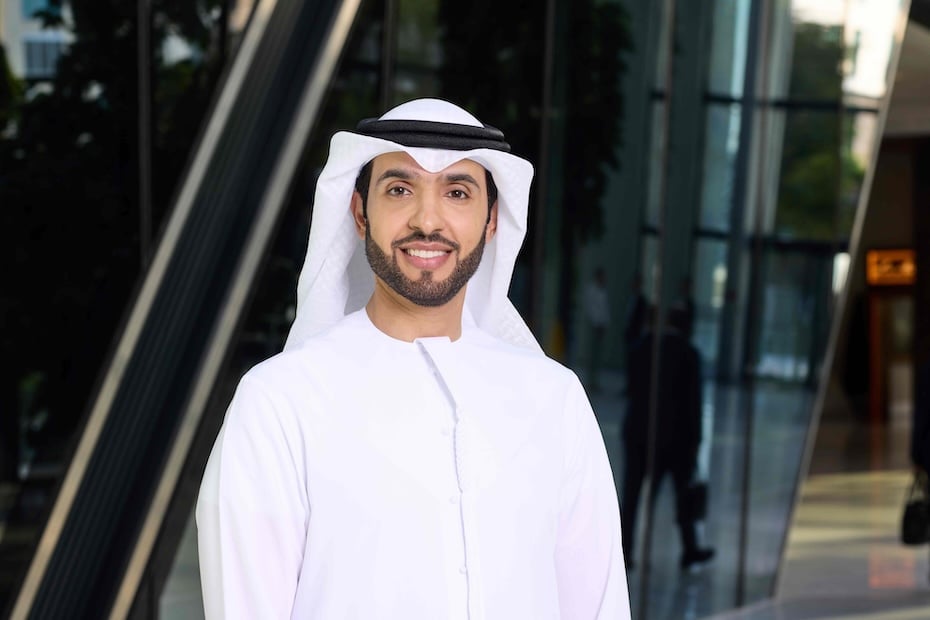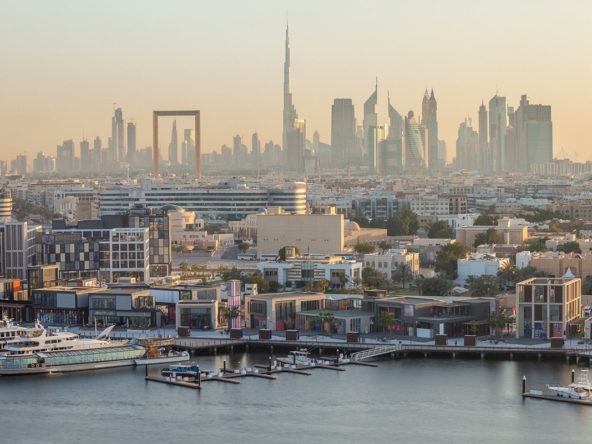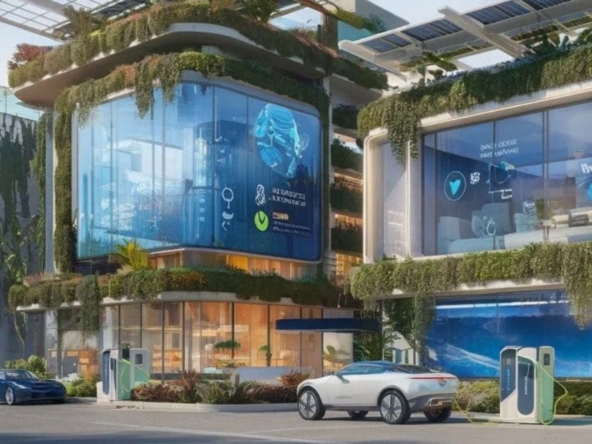Driven by liberal policies, robust growth, and an influx of wealthy foreign buyers, the luxury property market in the UAE is poised for further expansion, attracting both institutional and individual investors.
The UAE has solidified its position as the top destination for foreign direct investment (FDI) in the Middle East, accounting for nearly half—45.4 percent—of the total inflows, valued at approximately $67.6 billion, as per the most recent data from UNCTAD’s World Investment Report. The country also emerged as the world’s strongest performer in FDI relative to its economic size.
This achievement is a direct result of the UAE’s strategic emphasis on attracting foreign investments. Both federal and local authorities have actively implemented policies and regulatory enhancements to create a more investment-friendly environment, in addition to ensuring fundamental aspects such as security and stability.
Public-Private Collaboration
A key initiative, NextGenFDI, has been launched to drive entrepreneurship and foster synergy between public and private sector entities. The influx of FDI has impacted multiple sectors, including real estate.
Dubai’s real estate market is forecasted to see a 9.9 percent price surge in 2025 (Savills), following an impressive 19.9 percent growth last year (Knight Frank). This increase is fueled by a steady stream of affluent foreign investors from Europe, the UK, and Asia, who are drawn by progressive policies, including residency permits for retirees, better career opportunities, and an enhanced lifestyle.
Currently, nearly 20 percent of all homes in Dubai are valued at $1 million or more. Knight Frank projects a 5 percent rise in the prime residential sector this year, while 300,000 new homes are expected to be introduced into the market by 2029.
Alternative investment managers have played a key role in structuring large-scale capital transactions, particularly in the build-to-rent sector, which continues to captivate institutional investors. These managers also act as facilitators of FDI, ensuring that institutional capital finds its way into the local market.
A significant regulatory shift has recently been introduced by the Central Bank of the UAE, mandating that banks exclude Dubai Land Department registration and brokerage fees from mortgage calculations. Consequently, buyers must now provide an additional 6 percent in upfront costs, on top of the standard 20 percent down payment.
This policy change reflects a maturing real estate market, attracting financially stable buyers who are less likely to default. For instance, a property priced at AED 4 million will now require an additional AED 240,000 in upfront costs. This aligns the UAE’s financing practices with global standards, where international banks have traditionally excluded such fees from mortgage offerings, ensuring a more stable financial landscape.
Continued Growth in Prime Real Estate
Despite the policy update, the luxury property segment is expected to remain resilient. The overall cost impact is relatively minimal for high-net-worth buyers, and several factors indicate continued growth in this sector.
Firstly, many developers are collaborating with luxury brands to enhance non-waterfront projects by improving designs, amenities, and transportation links, which can increase property values by 15-20 percent.
Secondly, compared to global luxury hubs like London, New York, and Singapore, Dubai’s premium properties remain competitively priced. Investors also benefit from larger plot sizes, both in terms of livable areas and outdoor spaces such as gardens and terraces.
Another key driver is the robust build-to-rent sector, offering higher rental yields in the UAE—typically 7-8 percent—compared to just 3 percent in European markets. While high-net-worth individuals and corporations form a significant portion of buyers, the majority of international investors (around 70-80 percent) consist of foreign pension funds and feeder funds.
Once a property is acquired, it typically takes about three years to develop. Within four years of achieving rental stability—when 90 percent occupancy is reached—investors often sell these assets to institutional buyers.
Furthermore, the anticipated completion of the GCC-United Kingdom Free Trade Agreement is expected to provide an additional boost to FDI in the UAE real estate sector. While investments always carry some level of risk, the market outlook remains promising, offering substantial growth opportunities with comparatively low risk.



